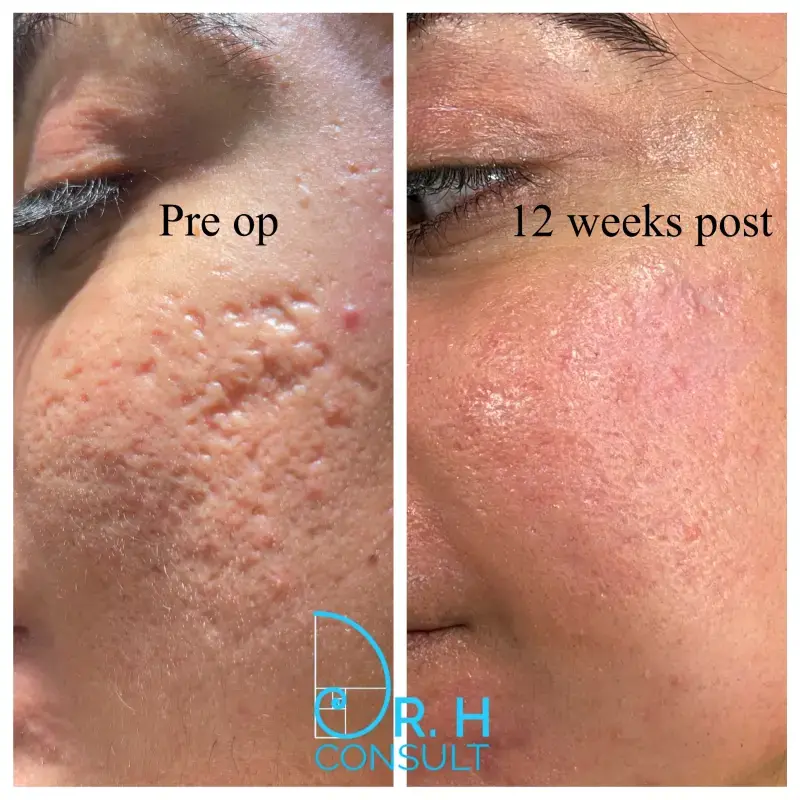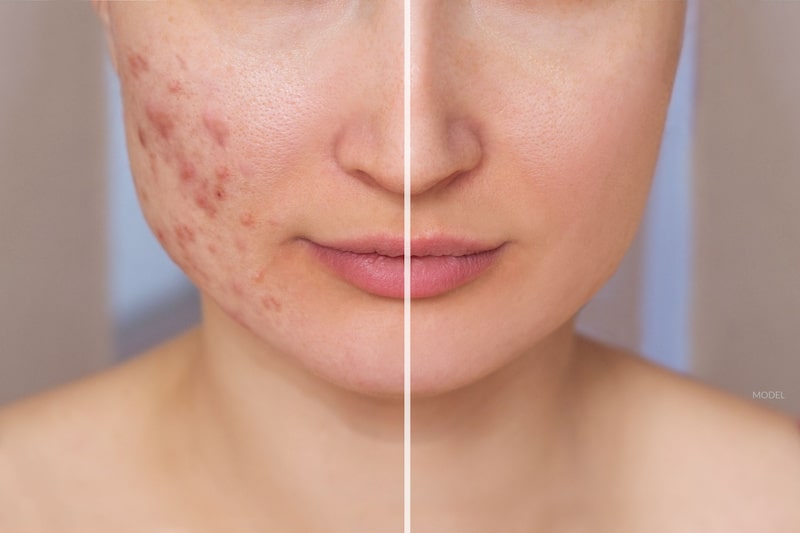Skin Rejuvenation Treatments: The Ultimate Guide to Rejuvenating Your Skin
Skin Rejuvenation Treatments: The Ultimate Guide to Rejuvenating Your Skin
Blog Article
Understanding the Different Skin Disease and Effective Therapy Options for Acne Marks
Acne scars stand for a complicated interaction of skin conditions that dramatically impact individuals' self-confidence and total skin health. Comprehending the distinctive types of acne marks-- atrophic and hypertrophic-- along with their underlying reasons, is critical for establishing reliable therapy methods. Different healing options exist, varying from sophisticated dermatological procedures to natural treatments. However, the effectiveness of these therapies frequently pivots on tailored evaluations by certified professionals. As we discover the landscape of acne mark management, it comes to be noticeable that the trip towards clearer skin may include even more than just topical remedies.
Sorts Of Acne Scars

On the other hand, hypertrophic scars result from an overproduction of collagen during the recovery procedure, bring about raised locations on the skin. These scars are usually firm and can differ in shade, sometimes appearing red or darker than the surrounding skin.
Recognizing these sorts of acne marks is crucial for creating an effective therapy strategy - acne and acne scars treatment. Choices may consist of chemical peels, laser therapy, microneedling, or dermal fillers, tailored to the certain mark kind. A comprehensive appointment with a dermatologist can help determine the most suitable treatment, taking into consideration the individual's skin type, mark severity, and total skin health and wellness
Reasons For Acne Scarring
Marking takes place as an outcome of the body's natural healing feedback to inflammation and injury triggered by acne sores. When acne forms, it triggers an inflammatory feedback, resulting in the release of different cytokines and development variables that advertise healing. Nonetheless, this procedure can sometimes lead to excessive cells development or poor repair, causing marks.
The primary reasons of acne scarring include the seriousness of the acne itself, duration of the lesions, and specific skin types. Severe inflammatory acne, such as cysts and blemishes, is much more likely to lead to scarring as a result of deeper tissue damages. Additionally, incorrect handling of acne lesions, such as pressing or choosing, can exacerbate tissue injury and inflammation, raising the probability of scarring.
Hereditary proneness also plays a considerable role; individuals with a family members background of scarring go to a greater risk. Additionally, skin kind and shade can influence mark formation, as darker skin tones might experience post-inflammatory hyperpigmentation, while lighter skin might create atrophic marks.
Inevitably, understanding these reasons is essential in taking care of acne and mitigating the potential for scarring.

Treatment Options for Scarring
Effective therapy alternatives for acne scarring differ depending upon the type and severity of the marks. Normally classified right into atrophic, hypertrophic, and keloid scars, these problems need tailored approaches for optimal outcomes.
For atrophic scars, which are identified by a loss of tissue, therapies such as chemical peels, microdermabrasion, and laser therapy are typically this content employed. These techniques have a peek at this website promote skin renewal and boost collagen production, therefore enhancing skin texture. Subcision, a minimally intrusive treatment, can additionally work by separating fibrous bands underneath the skin.
Keloid and hypertrophic scars can be extra challenging to treat. Alternatives include corticosteroid shots to reduce swelling and flatten the marks. Sometimes, cryotherapy or laser treatment might be recommended to lessen their look.
Surgical alternatives are readily available for extreme scarring, where excision or skin grafting may be essential. It's necessary for individuals to seek advice from a dermatologist to examine their specific scar kind and discuss one of the most suitable therapy strategy. Combining several treatments commonly yields the finest outcomes, making sure that each person's unique skin problem is resolved efficiently.
Natural Remedy and Natural Solutions
Natural services and home treatments can supply an available technique for individuals looking for to boost the look of acne scars (acne treatment for sensitive skin). Numerous components located in the home kitchen have actually demonstrated potential benefits in boosting skin structure and promoting healing

An additional efficient choice is lemon juice, which works as a natural exfoliant and can lighten hyperpigmentation. However, it needs to be utilized very carefully, as it might trigger photosensitivity. Oatmeal masks are likewise advantageous; their gentle exfoliation can assist get rid of dead skin cells while calming irritability.
Essential oils, such as tea tree oil and lavender oil, can additionally sustain scar recovery due to their antimicrobial residential or commercial properties. It is important to perform a patch test before applying any solution to make certain there are no damaging responses. These natural remedies can be a corresponding approach in my company the trip to decrease acne marks.
Stopping Future Scarring
Taking on an aggressive strategy to skin care can significantly decrease the risk of establishing future acne scars. Regular cleansing, peeling, and hydration can aid maintain skin health and wellness and avoid stopped up pores.
Additionally, staying clear of the temptation to press or select acne lesions is vital, as this can bring about swelling and subsequent scarring. Instead, individuals should concentrate on applying topical therapies that promote healing and reduce swelling. Active ingredients such as salicylic acid, benzoyl peroxide, and retinoids are known for their efficacy in managing acne and lessening marks.
Sunlight protection is one more important part; direct exposure to UV rays can hamper and dim marks healing. Making use of a broad-spectrum sun block daily can reduce these impacts.
Last but not least, maintaining a healthy and balanced diet rich in anti-oxidants and remaining moisturized supports skin regrowth. By implementing these safety nets, individuals can dramatically reduce their risk of future scarring and advertise total skin wellness.
Final Thought
In final thought, a detailed understanding of acne marks, encompassing both atrophic and hypertrophic types, is necessary for reliable therapy strategies. Assessment with a skin specialist continues to be essential to develop customized techniques that take into consideration specific skin kinds and mark extent, inevitably boosting the efficacy of scar management techniques.
Acne scars represent a complex interplay of skin problems that significantly influence people' self-esteem and overall skin wellness. The 2 primary categories of acne scars are atrophic and hypertrophic scars. These marks are more identified into three subtypes: ice pick marks, which are deep and slim; boxcar scars, which are larger and have well-defined edges; and rolling scars, which create a wave-like look due to unequal skin appearance.
A detailed consultation with a skin doctor can assist figure out the most suitable intervention, taking right into account the individual's skin type, scar extent, and total skin health and wellness.
Assessment with a dermatologist stays imperative to design individualized methods that think about specific skin kinds and mark extent, eventually enhancing the effectiveness of scar monitoring methods.
Report this page